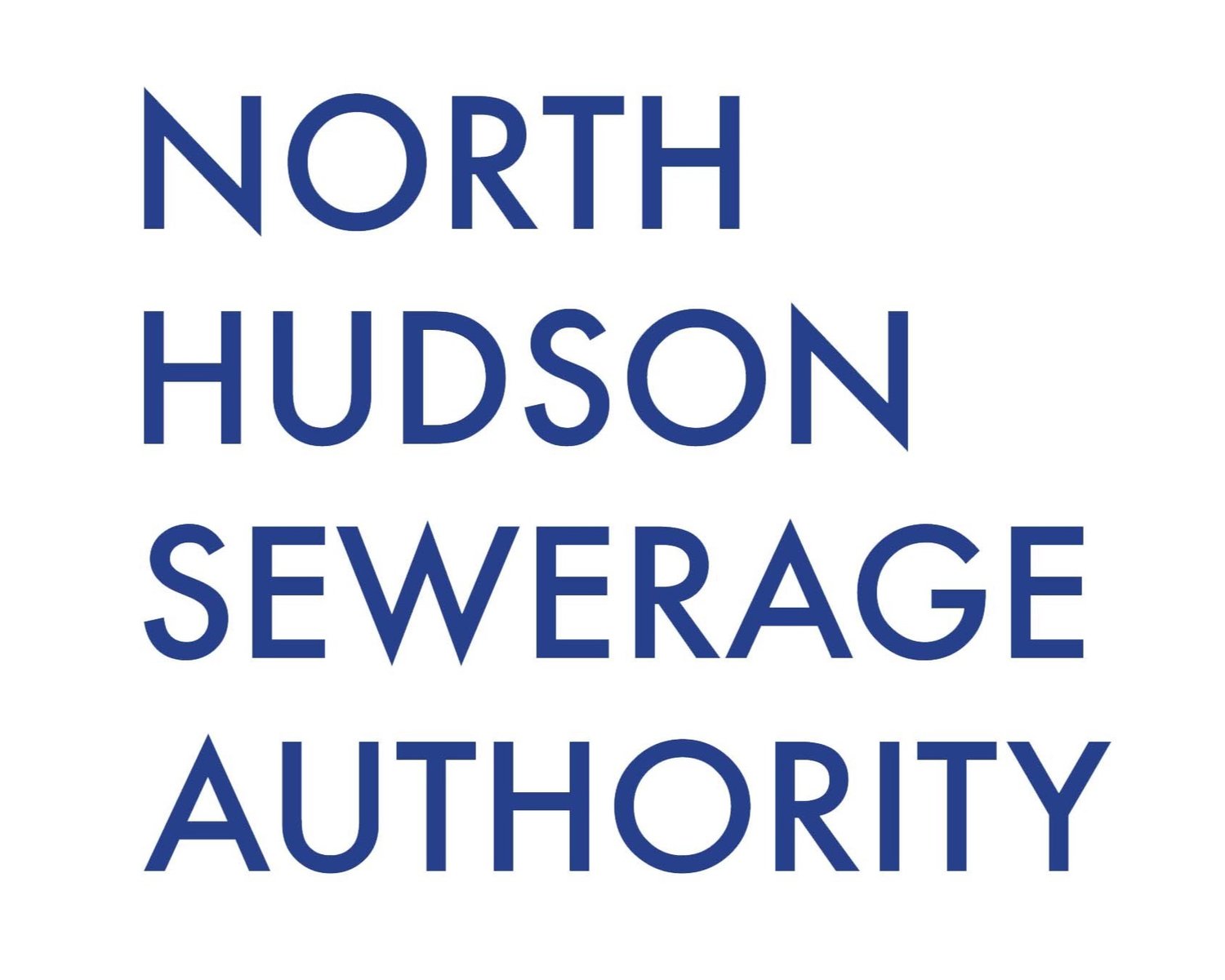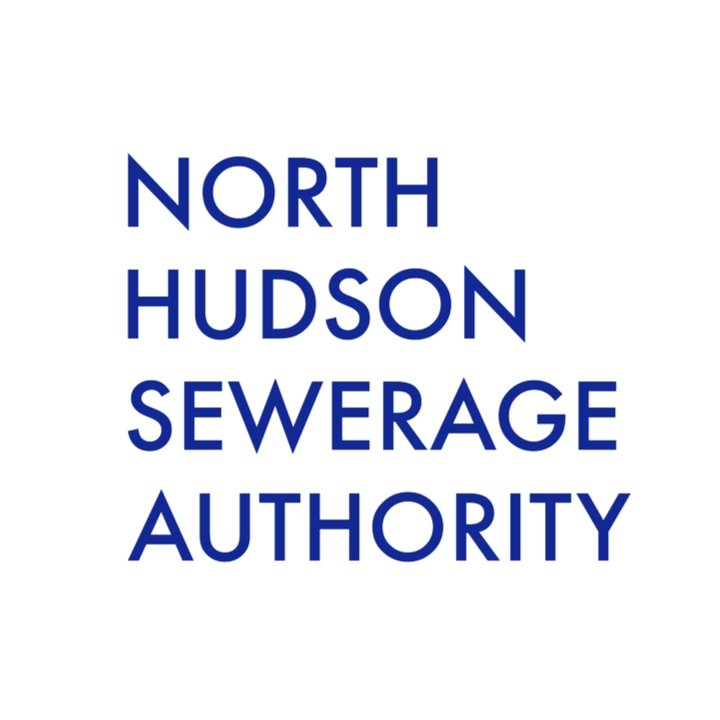Long Term Control Plan
A Long-Term Plan to Reduce CSOs
These partially treated overflows do not help to make the River cleaner. That’s why in 2015 the Federal and State governments required all NJ water body dischargers with CSOs to develop plans to reduce the number of combined overflows. Since then, North Hudson has been working on a Long-Term CSO Control Plan (LTCP) which is due in June 2020.
The LCTP has several stages: system characterization, development of alternatives, selection of approach, and implementation – all spread over the next 20 to 30 years.
Step 1: System Characterization
System characterization is just a fancy phrase for knowing the ins-and-outs of our operations and assets. What do we have? How is it working? What kind of shape is it in?
The primary objective is to develop a detailed understanding of our combined sewer system and its impact on the Hudson River. This assessment establishes the existing baseline conditions. From there, we can figure out what we need to do to improve Hudson River water quality. In short, the characterization work helps to identify and prioritize specific CSO controls that will be in our LTCP.
A vactor truck used to clean various parts of the sewer system.
Progress to Date
We started our system characterization program in 2015. Here’s what we’ve done so far.
We compiled the latest information on land uses and planned developments that will affect sanitary and drainage flows.
Street by street, we deployed crews with GPS systems to confirm the locations of all our catch basins, pipes, manholes and other assets to update our GIS databases.
We used cameras to get a better handle on the condition of our pipes and to quantify the amount of water that is infiltrating our sewers from groundwater and drinking water pipe leaks.
We collected water samples from our sewers when it was raining to test for bacteria concentrations.
We deployed sensors in our sewers to measure flows during dry and wet weather for six months.
Using the sensor data, we compiled computer models of our sewers.
We used our models to calculate the dry and wet weather flows to monitor performance.
We participated in a new, year-long monitoring program of the Hudson River to test for bacteria and identify sensitive areas for recreation uses and fish and wildlife habitat.
A camera view of inside a sewer pipe.
Stewards of the Hudson River
One of the most important roles of the North Hudson Sewerage Authority (North Hudson) is contributing to the ongoing water quality improvement of the Hudson River. This almost 50-year effort, which was mandated by the 1972 Clean Water Act, has made great progress. Today, fish have returned to the river waters and kayaks are a common sight.
Getting to this point has not be easy, especially because North Hudson has a combined sewer system. Most of our system is a single pipe system, combining, when it rains, stormwater with wastewater.
In dry weather, the wastewater passes easily through the treatment plants, and the cleaned flow is discharged harmlessly into the Hudson River. But when it rains, the combined flows can become too much for the wastewater plants to handle. The plants are by-passed, and some of the combined wastewater and stormwater (CSO) is discharged into the Hudson River.
What Have We Done So Far?
The work to reduce CSOs goes back many years, before the current 2015 Federal and State mandate.
Over the last 20 years, North Hudson has eliminated three CSOs that discharge into the Hudson River. Today, it has nine.
Over 5.5 miles of sewers have been relined, replaced and rehabilitated to increase capacity and flow to the treatment plants during rain events.
Treatment systems have been upgraded.
End-of-pipe controls have been put into place to provide basic treatment at the outfalls.
Green infrastructure projects have been undertaken throughout the entire service area.
Detention tanks have been built under public parks.
Wet weather pump stations have been constructed.
Public notification systems were put into place to alert the public when CSOs are active.
All these initiatives, a $65 million investment, have already made a difference in reducing the volume of CSO discharges during rain events.
How Are We Using This Information?
Our engineers have been using the data collected from all these programs to draw a picture of the condition and performance of our systems.
NHSA met to discuss the LTCP and its progress on the following dates:
May 11, 2020 (click here to see the presentation)
March 9, 2020 (click here to see the presentation)
November 18, 2019 (click here to see the presentation)
August 19, 2019 (click here to see the presentation)
May 20, 2019 (click here to see the presentation)
February 25, 2019(click here to see the presentation)
The meetings take place at NHSA offices at 1600 Adams Street, Hoboken.



